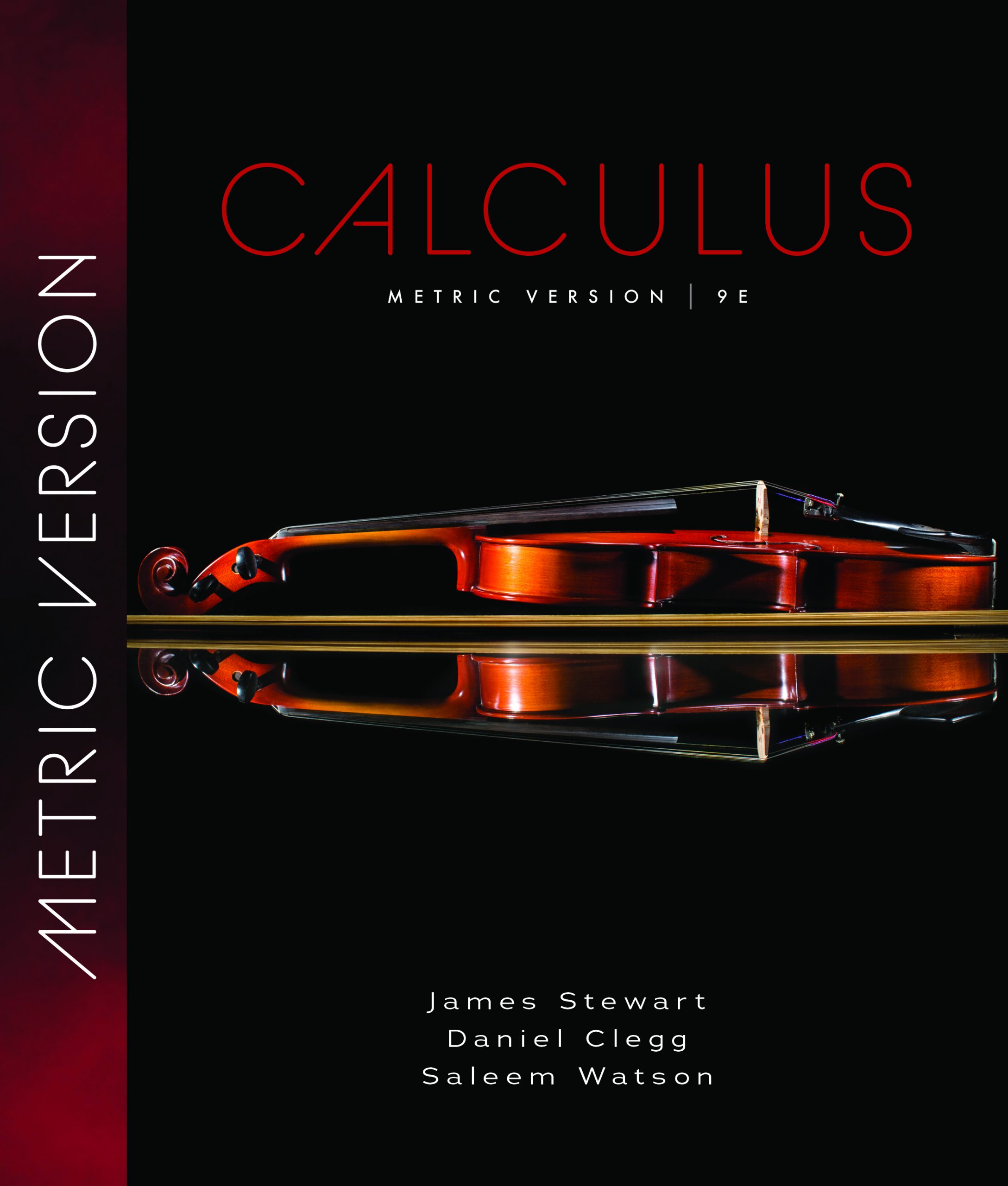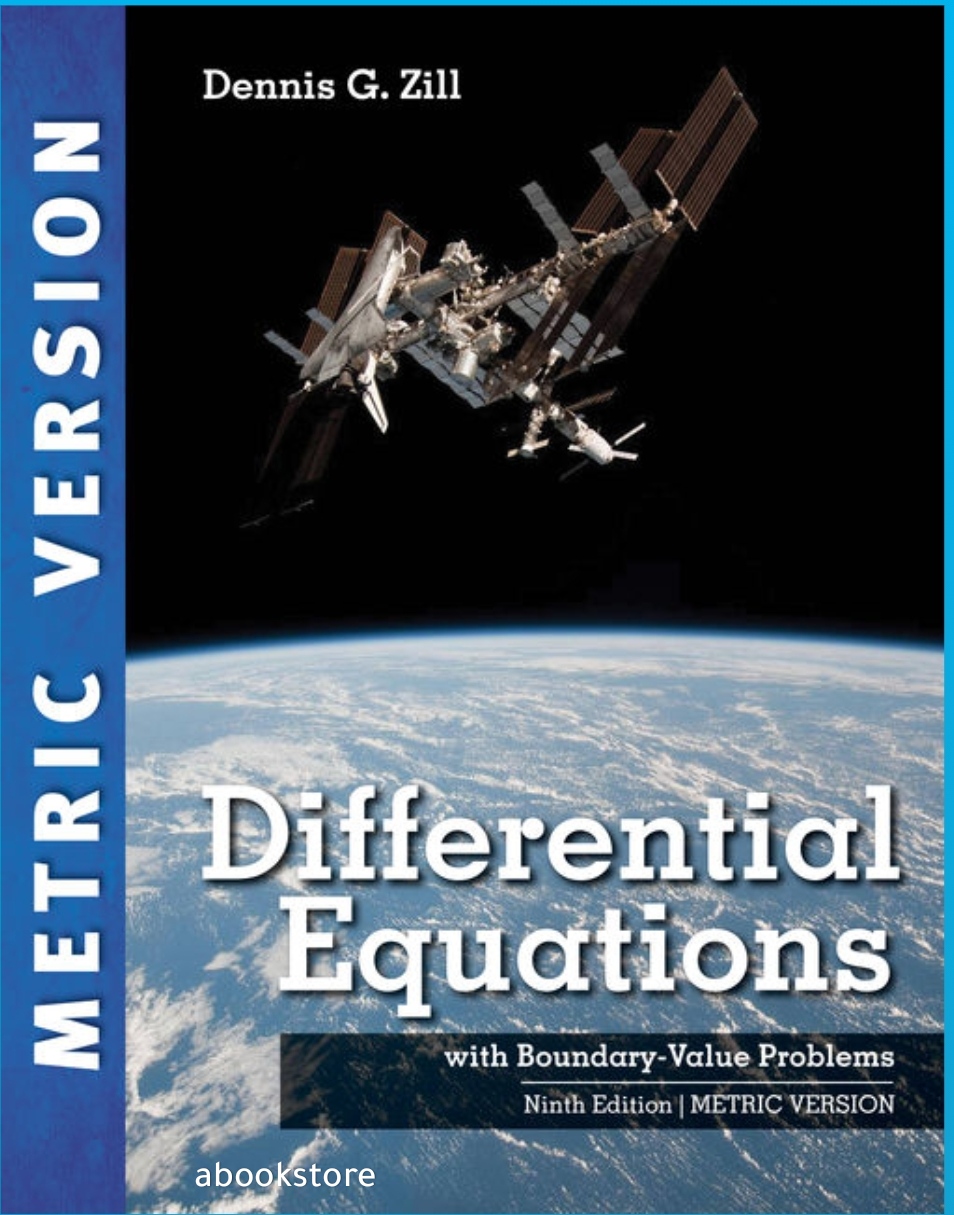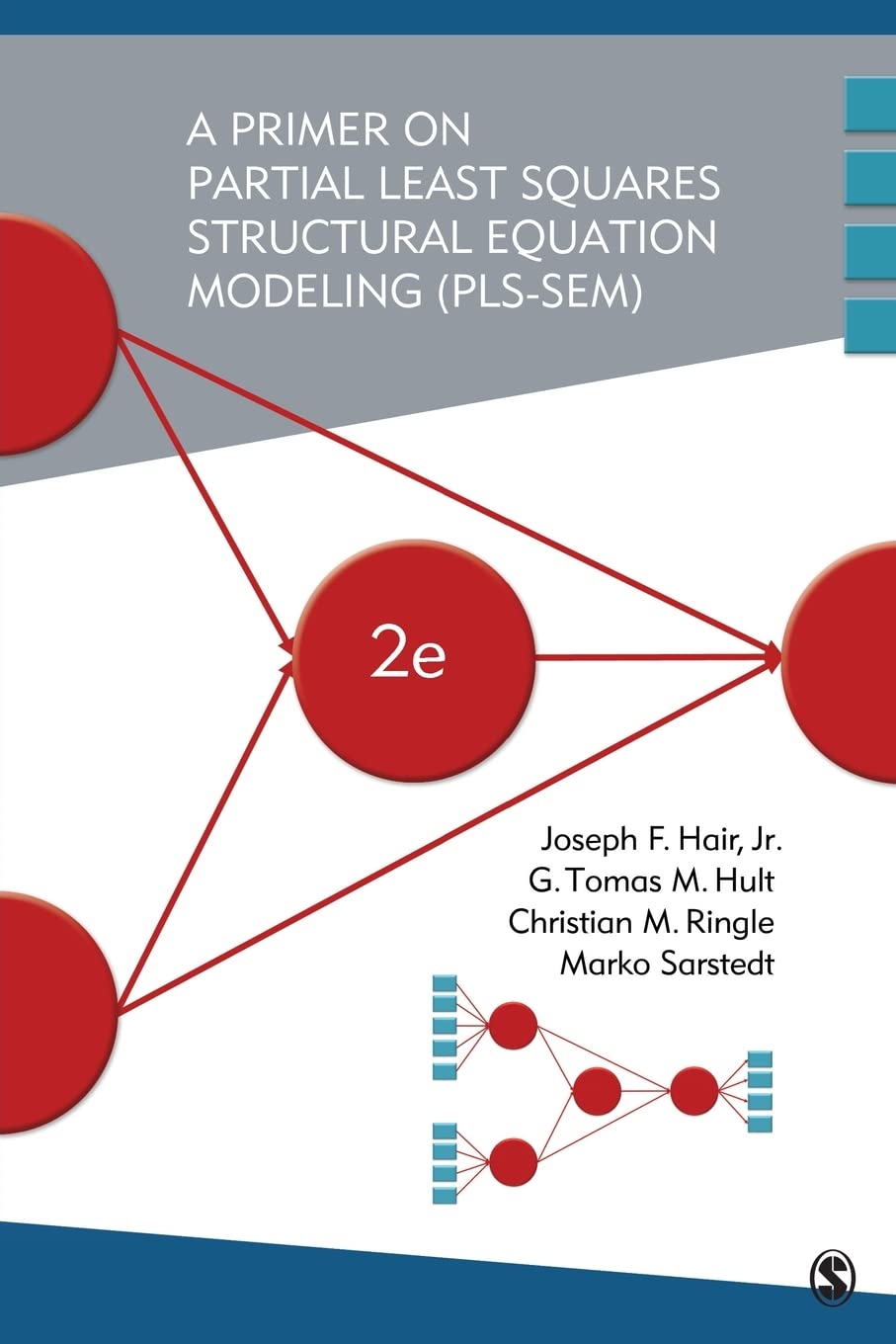Chapter 1: Functions and Limits
1.1 Four Ways to Represent a Function
1.2 Mathematical Models: A Catalog of Essential Functions
1.3 New Functions from Old Functions
1.4 The Tangent and Velocity Problems
1.5 The Limit of a Function
1.6 Calculating Limits Using the Limit Laws
1.7 The Precise Definition of a Limit
1.8 Continuity
1 Review
Principles of Problem Solving
Chapter 2: Derivatives
2.1 Derivatives and Rates of Change
2.2 The Derivative as a Function
2.3 Differentiation Formulas
2.4 Derivatives of Trigonometric Functions
2.5 The Chain Rule
2.6 Implicit Differentiation
2.7 Rates of Change in the Natural and Social Sciences
2.8 Related Rates
2.9 Linear Approximations and Differentials
2 Review
Problems Plus
Chapter 3: Applications of Differentiation
3.1 Maximum and Minimum Values
3.2 The Mean Value Theorem
3.3 What Derivatives Tell Us about the Shape of a Graph
3.4 Limits at Infinity; Horizontal Asymptotes
3.5 Summary of Curve Sketching
3.6 Graphing with Calculus and Technology
3.7 Optimization Problems
3.8 Newton’s Method
3.9 Antiderivatives
3 Review
Problems Plus
Chapter 4: Integrals
4.1 The Area and Distance Problems
4.2 The Definite Integral
4.3 The Fundamental Theorem of Calculus
4.4 Indefinite Integrals and the Net Change Theorem
4.5 The Substitution Rule
4 Review
Problems Plus
Chapter 5: Applications of Integration
5.1 Areas between Curves
5.2 Volumes
5.3 Volumes by Cylindrical Shells
5.4 Work
5.5 Average Value of a Function
5 Review
Problems Plus
Chapter 6: Inverse Functions
6.1 Inverse Functions and Their Derivatives
6.2 Exponential Functions and Their Derivatives
6.3 Logarithmic Functions
6.4 Derivatives of Logarithmic Functions
6.2* The Natural Logarithmic Function
6.3* The Natural Exponential Function
6.4* General Logarithmic and Exponential Functions
6.5 Exponential Growth and Decay
6.6 Inverse Trigonometric Functions
6.7 Hyperbolic Functions
6.8 Indeterminate Forms and l’Hospital’s Rule
6 Review
Problems Plus
Chapter 7: Techniques of Integration
7.1 Integration by Parts
7.2 Trigonometric Integrals
7.3 Trigonometric Substitution
7.4 Integration of Rational Functions by Partial Fractions
7.5 Strategy for Integration
7.6 Integration Using Tables and Technology
7.7 Approximate Integration
7.8 Improper Integrals
7 Review
Problems Plus
Chapter 8: Further Applications of Integration
8.1 Arc Length
8.2 Area of a Surface of Revolution
8.3 Applications to Physics and Engineering
8.4 Applications to Economics and Biology
8.5 Probability
8 Review
Problems Plus
Chapter 9: Differential Equations
9.1 Modeling with Differential Equations
9.2 Direction Fields and Euler’s Method
9.3 Separable Equations
9.4 Models for Population Growth
9.5 Linear Equations
9.6 Predator-Prey Systems
9 Review
Problems Plus
Chapter 10: Parametric Equations and Polar Coordinates
10.1 Curves Defined by Parametric Equations
10.2 Calculus with Parametric Curves
10.3 Polar Coordinates
10.4 Calculus in Polar Coordinates
10.5 Conic Sections
10.6 Conic Sections in Polar Coordinates
10 Review
Problems Plus
Chapter 11: Sequences, Series, and Power Series
11.1 Sequences
11.2 Series
11.3 The Integral Test and Estimates of Sums
11.4 The Comparison Tests
11.5 Alternating Series and Absolute Convergence
11.6 The Ratio and Root Tests
11.7 Strategy for Testing Series
11.8 Power Series
11.9 Representations of Functions as Power Series
11.10 Taylor and Maclaurin Series
11.11 Applications of Taylor Polynomials
11 Review
Problems Plus
Chapter 12: Vectors and the Geometry of Space
12.1 Three-Dimensional Coordinate Systems
12.2 Vectors
12.3 The Dot Product
12.4 The Cross Product
12.5 Equations of Lines and Planes
12.6 Cylinders and Quadric Surfaces
12 Review
Problems Plus
Chapter 13: Vector Functions
13.1 Vector Functions and Space Curves
13.2 Derivatives and Integrals of Vector Functions
13.3 Arc Length and Curvature
13.4 Motion in Space: Velocity and Acceleration
13 Review
Problems Plus
Chapter 14: Partial Derivatives
14.1 Functions of Several Variables
14.2 Limits and Continuity
14.3 Partial Derivatives
14.4 Tangent Planes and Linear Approximations
14.5 The Chain Rule
14.6 Directional Derivatives and the Gradient Vector
14.7 Maximum and Minimum Values
14.8 Lagrange Multipliers
14 Review
Problems Plus
Chapter 15: Multiple Integrals
15.1 Double Integrals over Rectangles
15.2 Double Integrals over General Regions
15.3 Double Integrals in Polar Coordinates
15.4 Applications of Double Integrals
15.5 Surface Area
15.6 Triple Integrals
15.7 Triple Integrals in Cylindrical Coordinates
15.8 Triple Integrals in Spherical Coordinates
15.9 Change of Variables in Multiple Integrals
15 Review
Problems Plus
Chapter 16: Vector Calculus
16.1 Vector Fields
16.2 Line Integrals
16.3 The Fundamental Theorem for Line Integrals
16.4 Green’s Theorem
16.5 Curl and Divergence
16.6 Parametric Surfaces and Their Areas
16.7 Surface Integrals
16.8 Stokes’ Theorem
16.9 The Divergence Theorem
16.10 Summary
16 Review
Problems Plus
Appendixes
Appendix A: Numbers, Inequalities, and Absolute Values
Appendix B: Coordinate Geometry and Lines
Appendix C: Graphs of Second-Degree Equations
Appendix D: Trigonometry
Appendix E: Sigma Notation
Appendix F: Proofs of Theorems
Appendix G: Answers to Odd-Numbered Exercises
Calculus, Metric Edition 9th (Hardcover) – Stewart
RM165.00
James Stewart’s Calculus, Metric series is the top-seller in the world because of its problem-solving focus, mathematical precision and accuracy, and outstanding examples and problem sets. Selected and mentored by Stewart, Daniel Clegg and Saleem Watson continue his legacy of providing students with the strongest foundation for a STEM future. Their careful refinements retain Stewart’s clarity of exposition and make the 9th Edition even more usable as a teaching tool for instructors and as a learning tool for students. Stewart was an outstanding teacher and digital innovator, and WebAssign continues to set the standard for the course with new resources like Explore It interactive learning modules. Showing that Calculus is both practical and beautiful, the Stewart approach and WebAssign resources enhance understanding and build confidence for millions of students worldwide.
| Weight | 2.9 kg |
|---|





